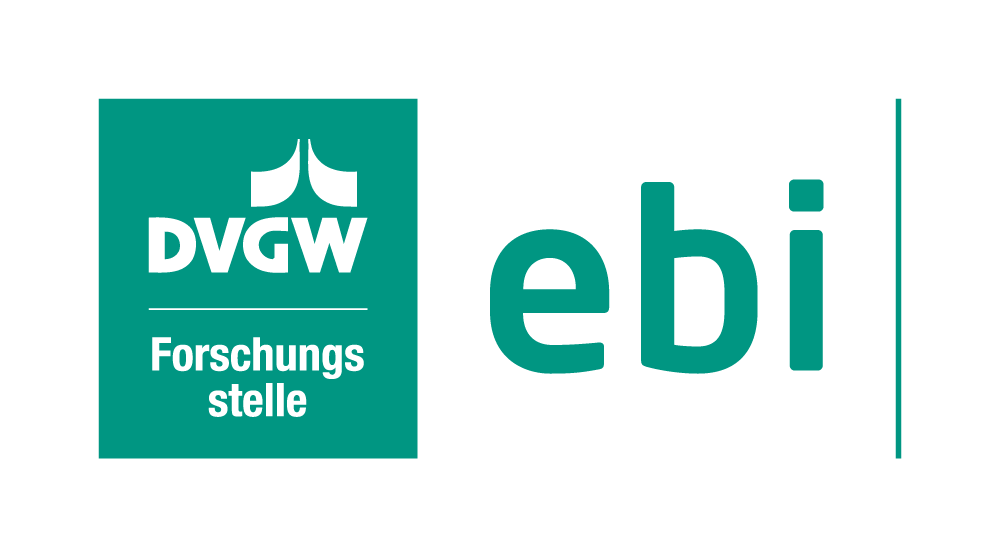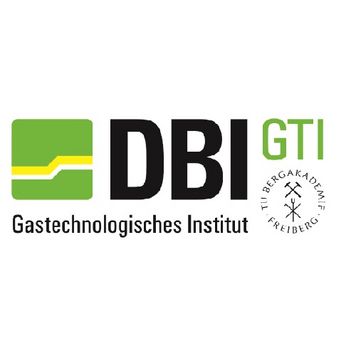Under the SuperP2G project, DVGW Research Center at Engler-Bunte Institute (DVGW-EBI) conducted a technical and economic evaluation of various methanation and CO2 capture technologies. The EcoMeth tool was upgraded to integrate additional technologies, including cooled fixed bed methanation and three-phase-methanation. Different methanation plants were modeled in ASPEN and CAPEX was calculated using the factor method in EcoMeth. The levelized cost for SNG production was subsequently calculated by connecting different plants. Additionally, an energetic evaluation of a process chain was performed, with internal heat integration being a mandatory consideration. The integration of PtG-plants into existing energy systems was also explored as a way to achieve higher overall efficiencies and utilize local resources.
The DVGW-EBI aimed to identify process engineering bottlenecks in the implementation of PtG technologies and developed the EcoMeth tool to support local stakeholders in realizing future PtG technologies. This tool allows for the technical and economic evaluation of PtG plants to identify and evaluate solutions tailored to specific production sites for renewable gases. The focus is on providing process engineering support to stakeholders.
For more information have a look at their part in the SuperP2G webtool: https://superp2g.external.dbi-gruppe.de/processes-and-technologies/EBI

DBI-MAT is used to determine optimized scenarios to integrate renewable energy sources, hydrogen applications or other processes in an economical and ecological feasible way. In previous project the focus was on the technical and economical feasibility of the utilization of hydrogen or oxygen produced via electrolysis. To apply the model, first the user must define all technical components. Then, further component-specific parameters must be set. When all components are initialized, the ports of each component can be linked to balance groups and its priorities and the technical system (microgrid) is complete. Before solving the system, temporal data (e.g. weather data or energy supply/demand)can be set too. The microgrid gets solved technical first and can be solved economical afterwards. The results can then either be used to optimize the microgrid further, exported or used for visualizations.
For more information have a look at their part in the SuperP2G webtool: https://superp2g.external.dbi-gruppe.de/value-chains/DBI


